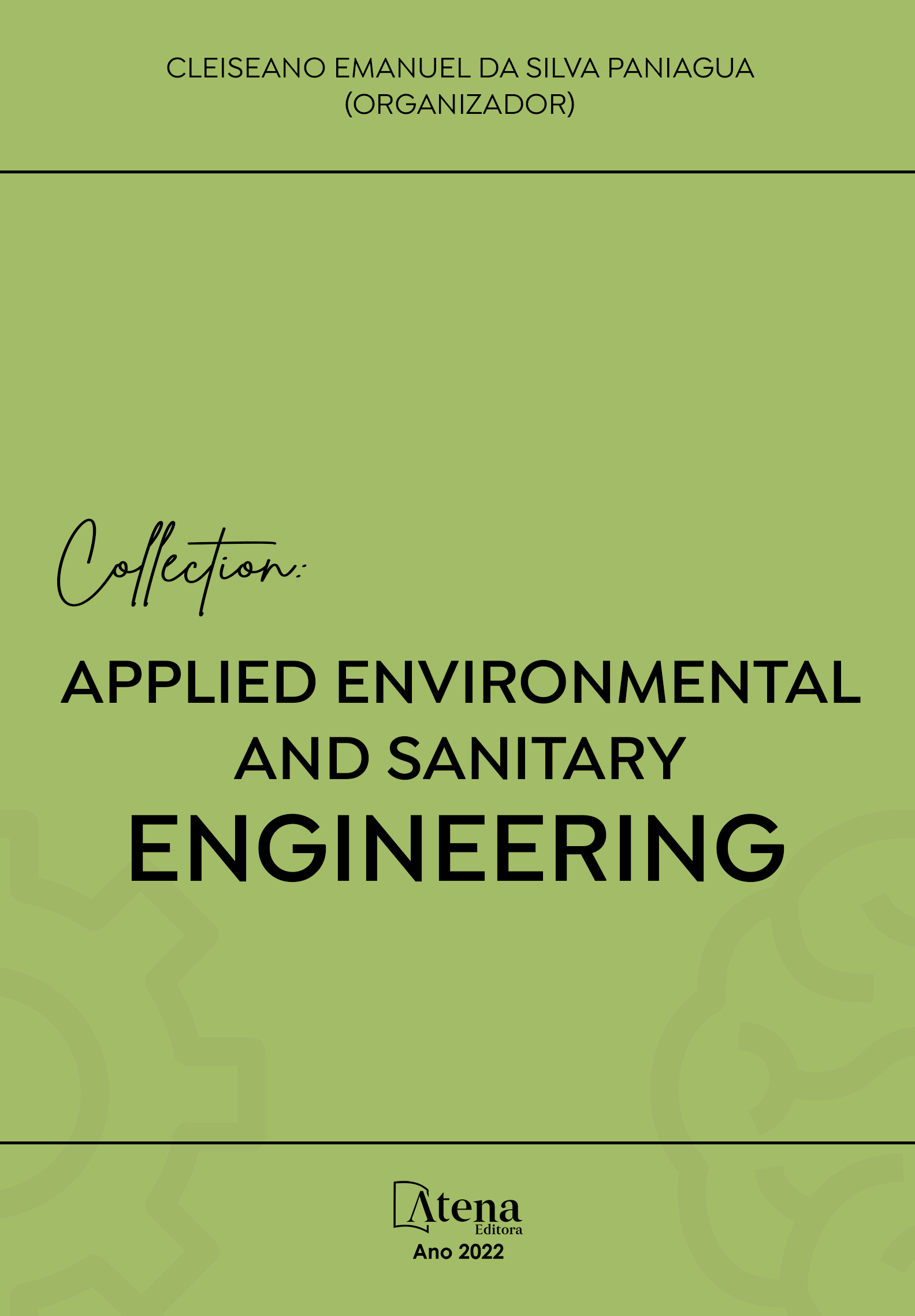
OPTIMIZING REVERSE LOGISTIC NETWORK PROPOSAL OF WASTE PICKERS ORGANIZATIONS WITH WASTE TRANSFER STATIONS TO IMPROVE THE ECONOMIC EFFICIENCY OF RECYCLING CHAIN
This study evaluates the financial and operational feasibility of Waste Transfer Station (WTS) installations in order to increase the operational scale of Waste Pickers Organizations network in the Espírito Santo state, Brazil. Using information gathered from 18 areas, 10 different scenarios were analyzed using a two-layer, Mixed Integer Linear Programming (MILP) model. Input data for different scenarios considered costs (installation, operation, and transportation), recycling companies’ capacity, recyclable waste prices and generation, population projection, municipal waste collection (%), gravimetric composition, and diversion rates from landfills. MILP model analyzed the technical and financial variables to include WTS from the perspective of expanding and enabling WPO networks. By implementing the strategies developed by the analysis herein, higher recyclable material yield could increase economic returns from WPOs by as much as 61%. In all scenarios evaluated, the economic returns were positive, ranging from US$ 1.24 to 11.39 million a year due to large-scale commercialization.
OPTIMIZING REVERSE LOGISTIC NETWORK PROPOSAL OF WASTE PICKERS ORGANIZATIONS WITH WASTE TRANSFER STATIONS TO IMPROVE THE ECONOMIC EFFICIENCY OF RECYCLING CHAIN
-
DOI: 10.22533/at.ed.57822190113
-
Palavras-chave: facility location model, Waste Transfer Stations, Waste Pickers Organizations, municipal solid waste, recyclable waste
-
Keywords: facility location model, Waste Transfer Stations, Waste Pickers Organizations, municipal solid waste, recyclable waste
-
Abstract:
This study evaluates the financial and operational feasibility of Waste Transfer Station (WTS) installations in order to increase the operational scale of Waste Pickers Organizations network in the Espírito Santo state, Brazil. Using information gathered from 18 areas, 10 different scenarios were analyzed using a two-layer, Mixed Integer Linear Programming (MILP) model. Input data for different scenarios considered costs (installation, operation, and transportation), recycling companies’ capacity, recyclable waste prices and generation, population projection, municipal waste collection (%), gravimetric composition, and diversion rates from landfills. MILP model analyzed the technical and financial variables to include WTS from the perspective of expanding and enabling WPO networks. By implementing the strategies developed by the analysis herein, higher recyclable material yield could increase economic returns from WPOs by as much as 61%. In all scenarios evaluated, the economic returns were positive, ranging from US$ 1.24 to 11.39 million a year due to large-scale commercialization.
-
Número de páginas: 25
- Marcus Camilo Dalvi Garcia
- Maria Claudia Lima Couto
- Luciana Harue Yamane
- Rodrigo Alvarenga Rosa
- Gisele de Lorena Diniz Chaves
- Renato Ribeiro Siman


